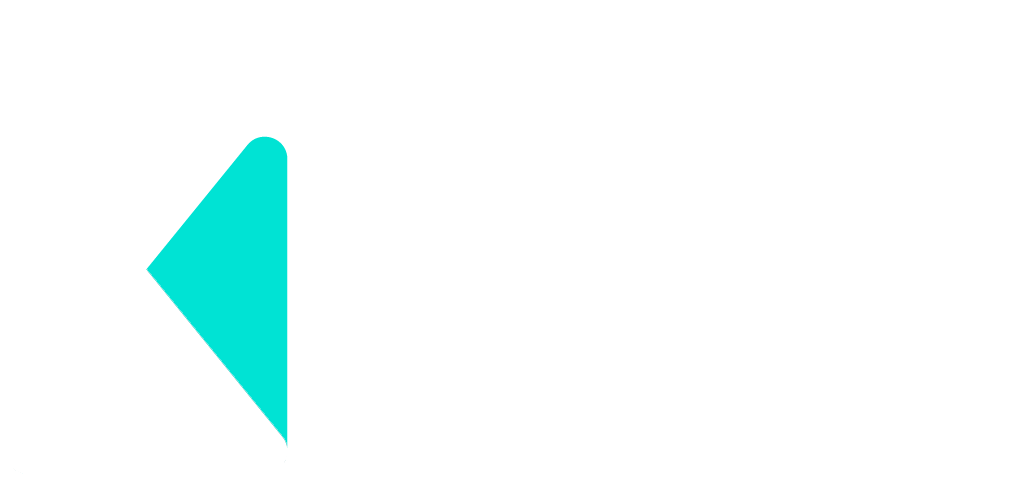25
NovemberOverwatch's Dedication to Being Inclusive is its Greatest Strength
I imagine to many, Overwatch’s character designs and team-oriented style of play won’t mean much, and many of these design decisions won’t hold much interest, let alone garner much attention in the first place. Disheartening as that might sound, that may stand as Overwatch’s greatest triumph. For a game that has been developed from the ground up to be inclusive and diverse, these features and design decisions never detract from the minute to minute gameplay. In many ways, they become an afterthought, slowly sinking into the background; they play an important part of what makes Overwatch unique, without completely taking center stage and drawing focus away from the core mechanics and gameplay. That’s a level of game design that few aspire, and manage, to reach.
Safe to say that the expansion of the internet as not just a tool for communication, but hub for "creativity" (putting it mildly) has given users the means as much the confidence to feel they have a platform to express their feelings without coming across as aggressive, or even saying a solitary word in their respective language. They have the power to reflect the consensus of the wider community, be that their original intention or not. Being the video editing novice that I am, it never ceases to make me smile how even the most simple chop-and-change can shine a ravenously merciless light on, say, the over-indulgent marketing ploys of a game and turn what was a passively-forgettable moment into something entirely more worrying. Least of all when said game ends up being, to a considerable number at least, a rather lacking - if occasionally fun - experience . But anybody can load a video with crazy effects, whack the infamous ‘MLG’ stamp on it and find itself but the latest entry in a long-running, if staple, example of gaming culture having a pop at its own over-zealous indulgence and self-gratifying crotch-handling.
Obviously there are a million different team compositions and ways to play Overwatch, but what are the core trends you're seeing with the best players. In other words, if someone is looking to get really good at Overwatch, what do they generally have to do?
While I don't have all the details of the underpinnings of the matchmaking system, because it's incredibly complex, we have a really talented engineer on it. He did all the matchmaking systems for all of the other Blizzard games, so he's really good at doing what he does. However, our values as a team are to avoid that as much as possible. We want the game to be as balanced and as fun for everyone as we can possibly make it.
Now, nearly five years later, it seems Heroes Brawls are finally returning to the Blizzard MOBA, albeit under a slightly different name. Heroes of the Storm recently implemented a new update on the Public Test Realm featuring some hero balance and bug fixes. However, the most interesting part of the update is Brawl Mode, a new version of the Heroes Brawl that will be added back to the game in the next upd
To that end, there’s only so far community/consumer-made satire can go and as hilarious or as insightful or indeed unsettling some of these "creations" might be, we’re not the ones in charge. Or better put, the ones who lie on the other side of that seemingly impervious wall that separates "the industry" from the rest of us. If there’s ever to be a time when that barricade at least feels like it’s been breached, it’s when a developer or creator does the [hard] work for us. So when the likes of Hideo Kojima proves (yet again) he’s more than happy to poke fun at what should be his pride-and-joy …that’s great. Admittedly funny too, while I’m at it. It’s great because, as mentioned, it helps de-myth this alleged disconnect…and proves that those working hard behind the scenes, are not (as much as you might think) all in it for the green. That some of them actually care about the reaction and presentation of certain themes, characters, whatever as they as much the critically-analysed presentation of the end product.
Overwatch’s tutorial system does an excellent job at introducing players to the basics, but the lessons don’t end there. Every menu and on-screen cue does an excellent job of doling out information to the players at a comfortable pace; character select screens detail and explain each character’s roles, whether that be support, offense, defense, or tank. Specific abilities and weapons for each character can be accessed in-game, and you’re able to switch characters on the fly if need be. The game also assigns a difficulty rating for each character, allowing newcomers to shy away from more complex heroes. Better yet, the game will often tell you when your team is unbalanced, letting you know what roles your team is lacking.
Here's a very specific mechanical question coming from someone who hasn't played every character: do all characters lack the ability to aim down sights? If so, what factors into straying away from including such a genre staple in overwatch 2 stadium Mode?

